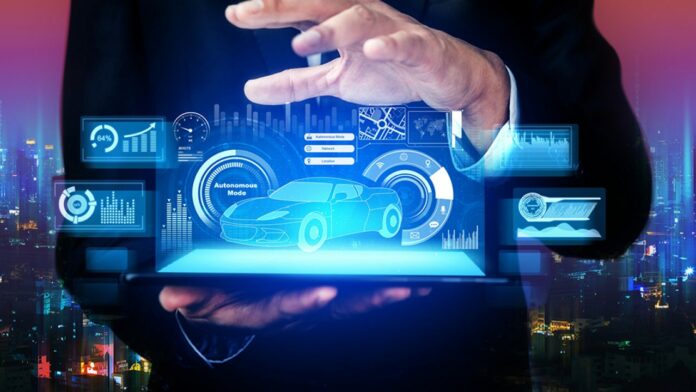Technology has helped move the automotive industry into the future at a pace that seems like science fiction. It was technology that helped Henry Ford build the first assembly line, and it is technology that propels the changes to cars, drivers, and even marketing far into the future. You don’t have to wait for the future to get a car that has technological advances in safety, entertainment, and drivability though. Those advanced features have been around for a decade or so, and you can purchase SCA cars in Illinois that offer backup cameras, collision avoidance radar, and blind-spot monitors.
Even though today’s cars are already equipped with futuristic features, the next decade will be exciting. Here are some of the things that you can look forward to from the cars of the future:
Electric Cars
It’s no surprise that electric cars top the list, because many manufacturers like Ford and GM are bringing these developments and advances to the forefront already. Not that long ago, the manufacturers were content to let Toyota advance their Prius without considering it as competition, but today they realize they must also compete in the EV market.
One of the biggest hurdles that most EVs face is the batteries. They either charge slowly or they don’t last long before needing to be recharged. Several companies are working toward extending the life of the battery, and some of the newer EVs can go 300 miles on a charge, which is significantly better than the original 100 miles of the older vehicles.
Autonomous Driving
Self-driving cars will be another advancement in technology that changes the way people drive, but they are still hampered by some drawbacks.
One of the drawbacks of self-driving cars is that they have security issues. Since they are computerized, there is always the fear of a hacker gaining control of the vehicle and overriding its controls.
Another problem with self-driving cars is that they cannot make a judgment call if there is an issue. A machine cannot make moral decisions like a human can. Is it better to hit a tree or run over someone on the sidewalk? While neither option is ideal, a person would be able to make a moral decision.
Even though there are downsides to autonomous vehicles, 5G is making autonomous driving possible in the future.
Today’s cars already have some sort of autonomous driving features on them in their safety suites, under the driver assist label. Automatic acceleration and deceleration are some examples of self-driving technology.
Automation Assembly
Like Henry Ford’s assembly line, many manufacturers are looking for further automation on the assembly lines. Kuka, a German robot supplier, is already incorporating people into the robot equation by making their products co-bots.
Today, robots are used to inspect parts, spray paint onto cars, and move materials around the floor, but the rise of co-bots will give these robots more tasks and more human interaction and supervision.
When companies use co-bots, it is to automate certain stages of the manufacturing process, such as putting a heavy roof on a car or screwing in the bolts. This makes it safer for workers and removes monotonous jobs from the assembly process.
Look for AI to be a big factor in the co-bot’s future.
The Internet of Things
From smart homes to smart cars, the Internet of Things is going to take the auto industry far beyond Bluetooth connectivity.
Currently, this type of integration between vehicles and the rest of the world is still in its infancy, but several applications in the fleet management systems used by the delivery sector can already show us where a vehicle is at any given time and predict upcoming maintenance on that vehicle. It can alert the driver to road and traffic conditions, and it can renew its license plate automatically through a digital license plate service.
Look for an increase in the ability to connect cars through a Vehicle 2 Vehicle (V2V) connection that gives vehicles the ability to share information in real-time. The National Highway Transportation Safety Agency (NHTSA) is optimistic that V2V will help ease congestion, avoid crashes, and improve the environment. They have been working with the automotive industry for years to help advance this type of connectivity.
The Internet of Things is the type of infrastructure that is needed to make cars and trucks completely autonomous.
Lighter Materials
As manufacturers look for better fuel efficiency, they are looking toward aluminum for its lightweight properties. As opposed to steel construction, aluminum can reduce the car’s weight by 40%, making it more efficient.
There is an increase in cost to thicken the aluminum to meet the same strength as steel, but those costs are factored into the price.
High-strength steel is another material that is being used in EV cars since it’s lighter than regular steel and can be incorporated into the production process. It’s also more expensive to use though.
Magnesium is much lighter than aluminum, but is more expensive than steel.
There are cost hurdles to overcome, but innovation never sits still, so future cars may be constructed with these materials.
Conclusion
The future of the automotive industry is moving at a fast pace, but it’s been like that since the first car drove past a horse and buggy, and it will make the cars of today look quaint by comparison.

